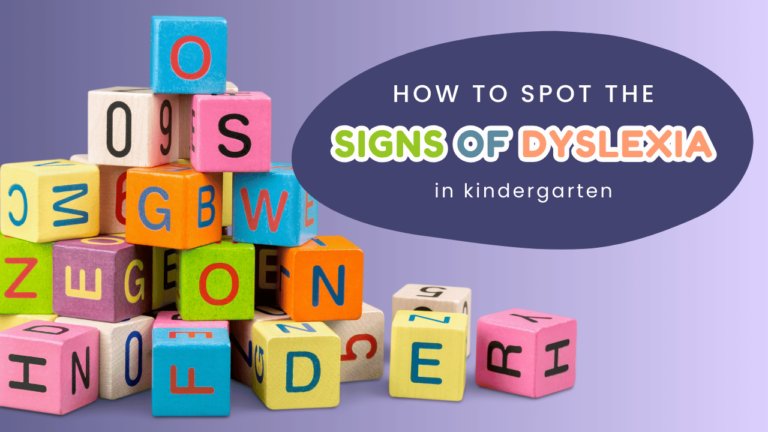In the hustle and bustle of homeschooling a kindergartener, where little hands mold clay and tiny voices recite the alphabet, there lies a world rich in discovery and potential. Amidst the colorful chaos of construction paper and story time, there are subtle signs that some children might have difficulty in the future with reading, spelling, and writing. Recognizing the signs of dyslexia in kindergarten can pave the way for transforming challenges into triumphs. The typical answer of other parents for homeschooling young children is to “let them play.” We absolutely believe that children learn best through play; however, there are definite milestones in language, so when a young child shows delays in reaching some of those milestones, a homeschool parent can do specific things to nurture growth toward readiness of reading.
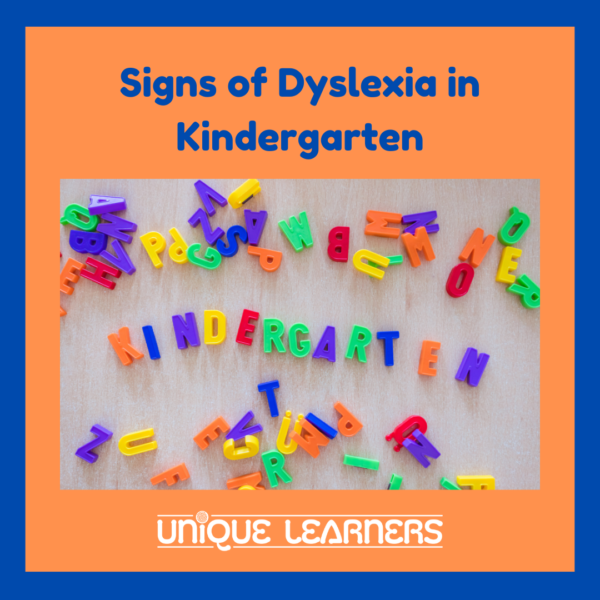
This journey isn’t about stigma, labels, or qualifying. Unless you have pulled your child out of public school and didn’t realize you most likely waived your child’s rights to public special education services. Homeschool parents frequently don’t want the peer stigma of labels, resent needing to have a child “qualify” for help, or the stress of advocating in a difficult legal maze for an IEP.
This article is about specific language skills that parents can watch for that indicate a child may struggle when it comes to reading, spelling, and writing throughout the elementary years. We want to understand and equip our children’s bright minds with the tools they need to thrive in learning. One child may have done kindergarten work, yet doesn’t seem ready to handle first grade level work. Another child may only want to run and play and refuses to do anything with letters or numbers.
In this blog post, we delve into the nuanced world of early literacy and unveil the often-missed signs of dyslexia in kindergarten. By doing so, we aim to encourage new homeschool parents with knowledge of what to look for, provide some ideas to help while waiting for a child to be developmentally ready to read, and to suggest when to seek assistance and help from a learning specialist.
Signs of Dyslexia in Kindergarten: Challenges with Phonemic Awareness
The very first thing I listen for as children reach ages 3, 4, and 5, is phonemic awareness. Phonemic awareness involves recognizing and manipulating individual sounds in spoken language, which is crucial for developing reading and spelling skills.
A child struggling with phonemic awareness may have difficulty identifying the beginning, middle, or ending sounds of words. They might also struggle to blend individual sounds together to form words or break down larger words into smaller sound units.
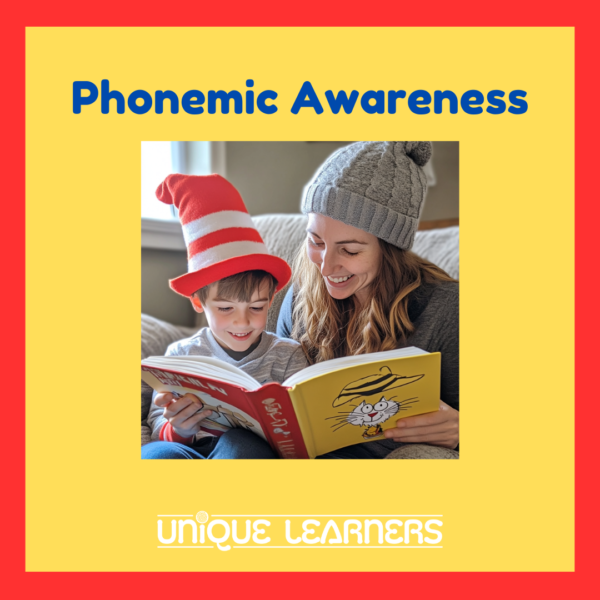
Rhyming is an important skill that helps children develop phonemic awareness, the ability to identify and manipulate individual sounds in words. Many kindergarten children enjoy playing with rhyming words, especially in silly poems. A kindergarten child with dyslexia may not hear the difference in those words or see the silliness of various forms of word play.
Naming words that rhyme or have different beginning or ending sounds may be even more difficult for a young child. For example, when asked to identify words that rhyme with “cat,” a child with signs of dyslexia in kindergarten might find it challenging to come up with words like “bat” or “hat.” Similarly, they may struggle to break a word like “cat” into its individual sounds (/k/ /a/ /t/).
These difficulties in phonemic awareness can later impact a child’s ability to decode and spell words, further hindering their reading development. Early intervention and targeted instruction in phonemic awareness or auditory process prior to reading instruction can help address these challenges and support the child’s progress.
Signs of Dyslexia in Kindergarten: Challenges with Sequencing and Memory
Two more essential prereading skills are sequencing information and remembering instructions. Both sequencing and memory for directions are executive functions essential for developing strong reading skills.
Young children who have difficulty sequencing picture cards to retell a story or rebuild a pattern may have early signs of dyslexia in kindergarten. A child may struggle to follow directions with several steps in daily life activities or in a short academic type of coloring task.
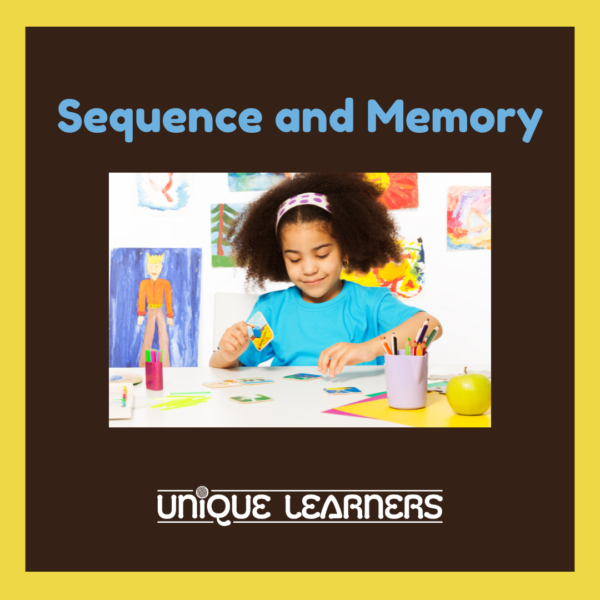
In kindergarten, these difficulties may manifest as struggles with completing tasks that require sequential steps, such as putting events in order or following a simple recipe. Additionally, elementary children with dyslexia may have trouble remembering spelling words or answering comprehension questions.
To help a child sequence more effectively, incorporate and emphasize sequence words, such as: first, second, next, last. For following directions, the easiest way to cover multiple skills is to provide a coloring worksheet. Dictate how you want the child to mark the paper. You can start with a single direction, but quickly start adding two and increase as you see the child gain confidence.
Signs of Dyslexia in Kindergarten: Letter Symbols, Reversals, and Mirror Writing
Many preschools and kindergartens have become so academic, they cover work similar to first grade work of 20 years ago. We know that the visual system for processing symbols isn’t fully developed until age 9 or 10. Many young children are simply not developmentally ready to know letters and read words until around age 7 or so. We know that pushing a child to read before they are developmentally capable is not only fruitless, it can be damaging and hinder a child’s academic progress for many years. We also know that a few children are ready to process symbols at age 3 or 4.
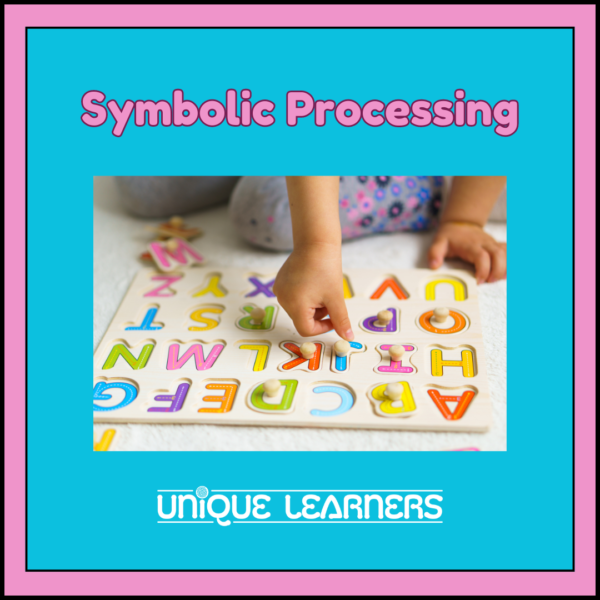
Homeschool moms, we want to take advantage of our own children’s unique timetable of development. If your child is ready to learn letters and read, go for it – but DO NOT PUSH! If your child simply is not ready, that is perfectly fine!
If you want to do something to prepare your child for letters and sounds, present them as much as possible in 3-dimensional objects and tell the sounds. Asking a child, “What sound does this letter make?” is a form of testing. Do NOT test a young child. Let the child get excited and tell you what is discovered – just like a toddler who learns how to jump says, “Mom! Watch me!” Then you know you can start testing that skill.
Another sign of dyslexia in older kids is letter reversals and mirror writing. Many preschoolers and kindergartners reverse letters and numbers. They might also write letters or words backward or in reverse order. This is completely natural and usually fades by or before age 8.
However, if your child does reverse or has can’t remember the sounds or names of letters or the values of numbers, the very best intervention at first is to do copy work so the correct model is right before the child. Again, “test” very infrequently, say once or twice a month, where you ask your child to write something without a model to be copied.
Children with dyslexia may frequently confuse letters that look similar, such as “b” and “d” or “p” and “q.” If the child is 7 or older, these behaviors might be indicative of underlying difficulties in visual processing and spatial awareness.
If you notice a child consistently making these errors despite repeated instruction and practice, it could be a red flag in the signs of dyslexia in kindergarten. Again, since the visual system isn’t fully developed until age 9 or 10, rather than ignore and wait, just model and correct patiently, knowing it will come.
If you tend to get impatient or scold when your kiddo makes reversals or mistakes, you may want to seek out a professional who teaches kids with dyslexia to get a perspective as to whether your child is showing signs that are developmentally appropriate or whether there are additional early indicators signs of dyslexia in kindergarten. It is essential to address these issues early on to prevent further frustration and build a strong foundation for future literacy skills.
Signs of Dyslexia in Kindergarten: Frustration with Sight Words
So many general education kindergarten curriculum focuses on sight words rather than phonics. There are specific difference in the terms, but sight words are commonly used words that children are encouraged to recognize instantly without needing to sound them out. Please note that I do not advocate using a sight word approach to teaching beginning reading, but when a child who struggles in remembering sight words can be demonstrating memory issues necessary to start accurately reading words on a page in a beginning reader.
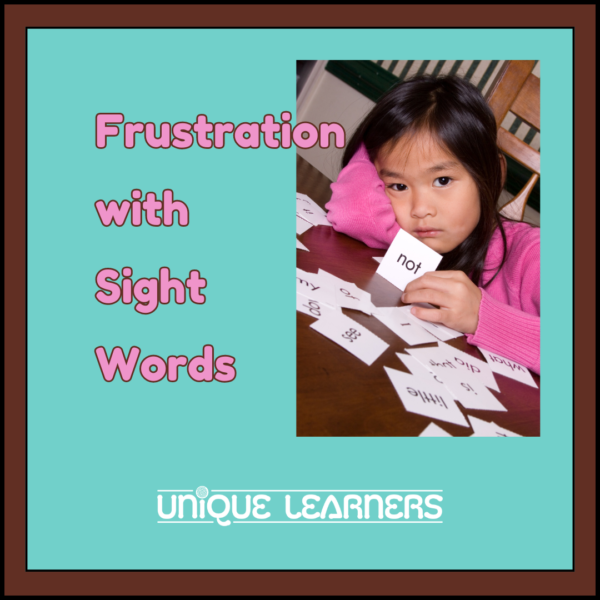
An important prereading skill is retelling a familiar story. You can determine if your child has this skill by taking a familiar story that you’ve read aloud a hundred times. Ask your child to “read” the story to you. Your child should be able to turn the pages from front to back, left to right, and sequence the overall story. As the child retells the story, you may notice that the child uses the main nouns and verbs as sight words. The child may even point to those words.
While some children may quickly grasp these words through repetition and exposure, those with dyslexia may struggle to commit them to memory, especially out of the context of a reading passage. This difficulty can later hinder their reading fluency and comprehension, as sight words are often encountered in elementary reading texts.
Recognizing Reading Struggles
Kindergarten is a crucial time for children to develop their reading skills. This is the typical window when the majority of children move from learning letters to being able to decode words and read simple stories. A few kids will already be reading. A few kids will not know any letter sounds and show no interest in looking at words on a page. This is called attending to print.
Kids with dyslexia are very intelligent with strong spoken vocabulary (even if the pronunciations are wrong) and typically realize they should be starting to read. You will likely see frustration and avoidance of sit-down academic reading or worksheet tasks. This is absolutely when you want to start using multisensory teaching and practice strategies with tons of modeling.
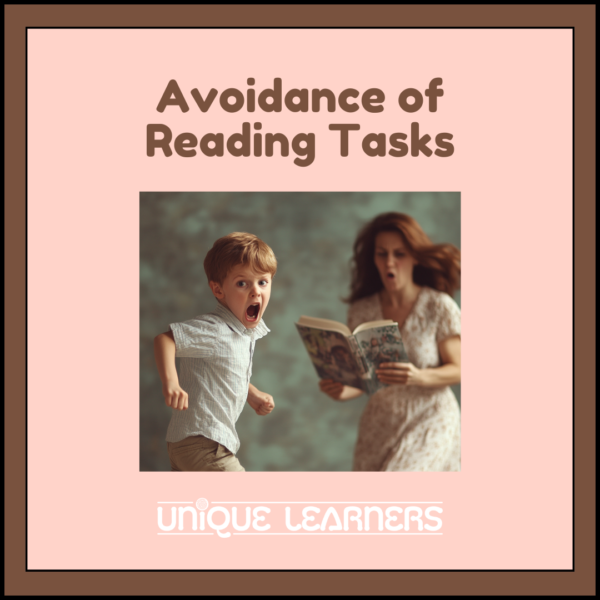
Children with dyslexia often develop an aversion to reading and writing activities due to the frustration they experience. In a homeschool environment, you may notice your child is able to listen to read-aloud literature and have comprehension discussions. You may notice they prefer video lessons or continue to learn primarily through play. Some kindergartners begin showing anxiety-related behaviors, particularly when it is time to do reading or spelling tasks.
It is crucial for educators and parents to create a safe space where children feel supported and encouraged to engage in reading and writing activities. By making these activities enjoyable and incorporating multisensory strategies, children with possible dyslexia can gradually build confidence and develop a love for literacy.
It’s important to note that signs of dyslexia in kindergarten are not solely characterized by reading struggles but can also affect other areas of language development. Children with dyslexia may have difficulty understanding and using spoken language, which can manifest as challenges in learning to pronounce bigger words, write sentences, or relay personal experiences.
Impact on Confidence and Self-Esteem
The challenges associated with dyslexia can have a huge impact on a child’s confidence and self-esteem. Kindergarten is a time when children are developing their sense of self and comparing themselves to their peers. Homeschooling helps to eliminate some of the fears, embarrassment, and frustration of learning in a curriculum-driven program. We can take the pace of our children and tailor to their needs without a formal assessment and in a fraction of the time to qualify and start receiving specialized, explicit instruction.
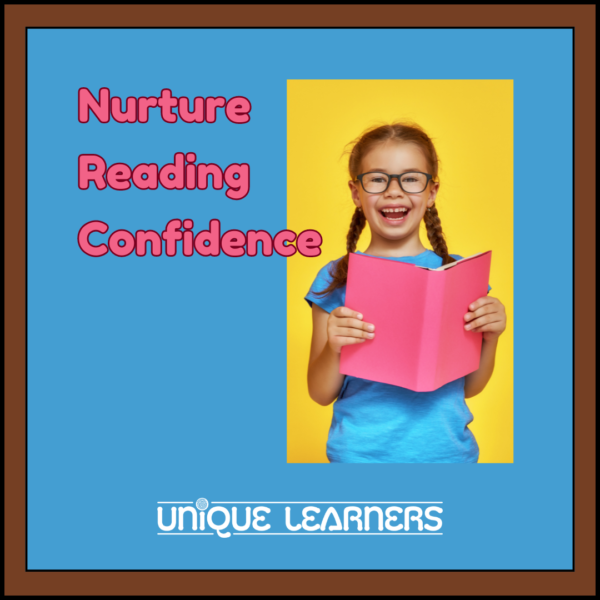
It’s crucial for parents and any therapists or tutors you acquire provide a supportive environment that fosters success and emphasizes individual strengths. Celebrating small victories, providing encouragement, and offering very specific, targeted interventions can help boost a child’s confidence and maintain their motivation to learn.
To Wait and Watch or To Intervene: That is the Question!
Dyslexia is a specific learning disability (SLD) that affects a child’s ability to read, write, and spell. It is important to understand that dyslexia is NOT related to intelligence or effort; it is a neurological condition that impacts the way the brain processes language.
If you have family members who have struggled with reading in school or have been diagnosed with dyslexia, the early signs are more likely to indicate potential dyslexia. If you DON’T have adult family members who dealt with reading intervention in school, you can certainly incorporate some of the phonemic awareness games, 3-dimensional letter activities, or multisensory teaching anyway while you wait for your child’s auditory and visual systems to catch up with other developmental areas.
Keep in mind that with young children, teaching any symbols and communication is done through play and loads of talking. Homeschool does not need to look like what we think of as school. If you need more suggestions or ideas, feel free to join our Facebook Group: Homeschool Help for Special Needs.
Recognizing the signs of dyslexia in kindergarten is the first step toward adjusting your homeschool to meet your child’s needs. By understanding the subtle indicators of dyslexia, homeschool moms can create a supportive learning environment that fosters growth and development in all developmental domains. If you suspect your young child may be showing signs of dyslexia, ask for another opinion from a learning specialist. Perhaps what you see is due to maturity or attention rather than a language-based issue. If you wait, the brain processing skills are not likely to improve without intentional strategies. A child with dyslexia can certainly learn to read and thrive in an academic environment as far as they need for learning in high school and toward a satisfying career!
